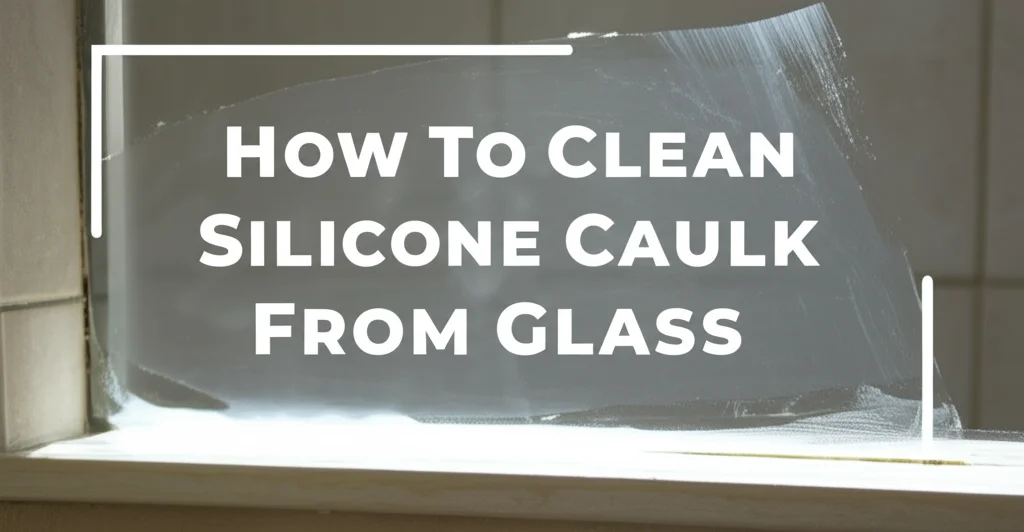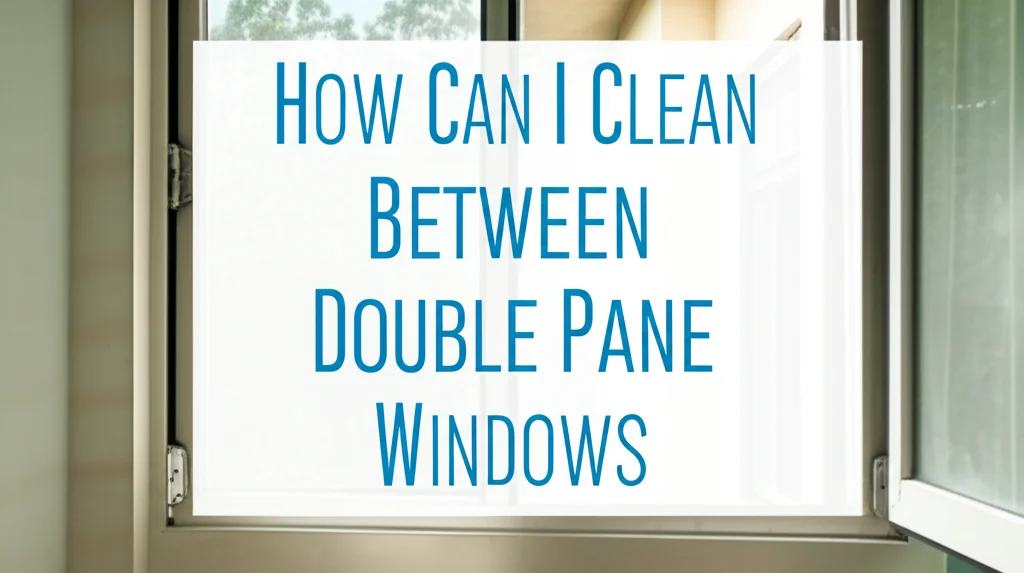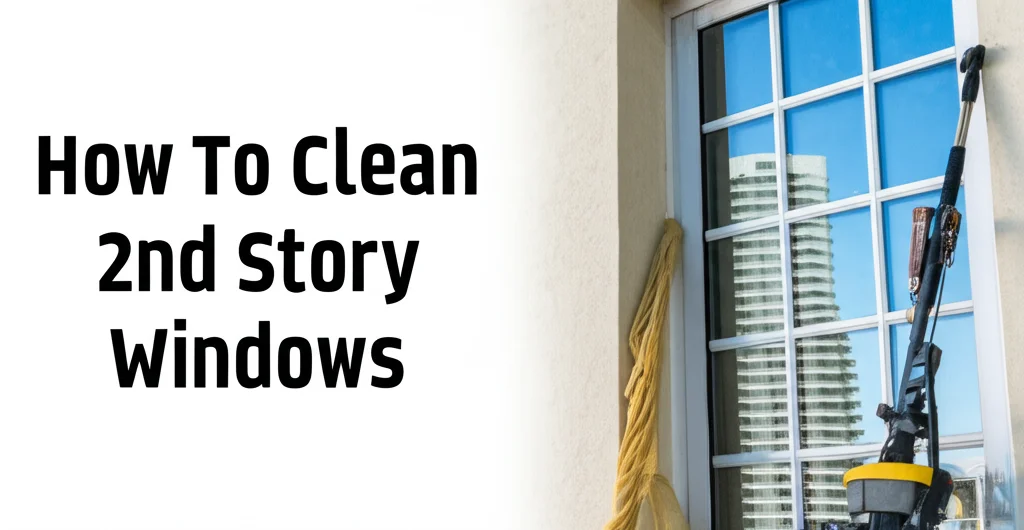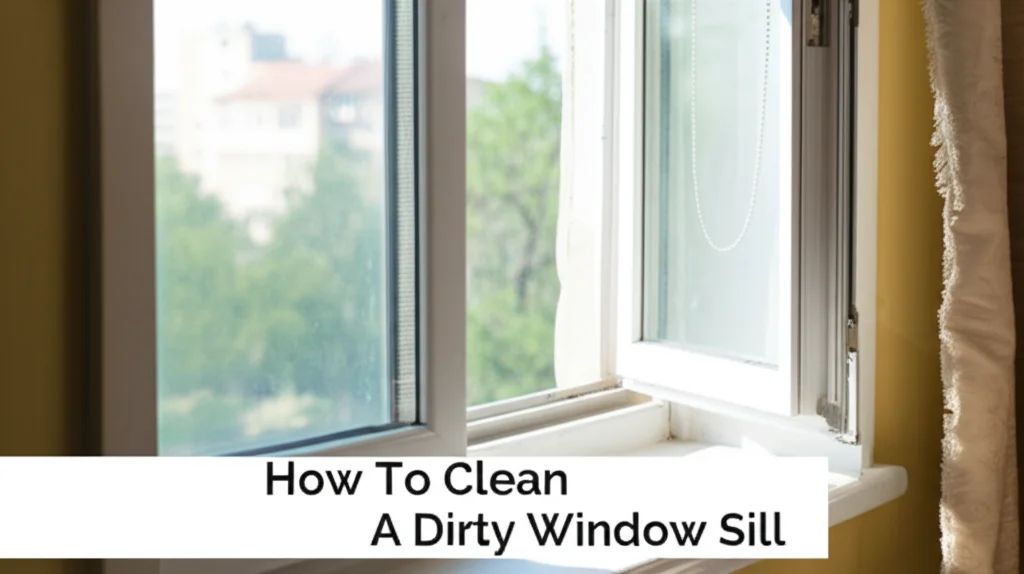· Home Cleaning · 7 min read
How To Clean Silicone Caulk From Glass

Removing Silicone Caulk From Glass: A Simple Guide
Ever wondered how to tackle that stubborn silicone caulk clinging to your glass shower doors or windows? It’s a common problem, and thankfully, not an insurmountable one. Silicone caulk is fantastic for sealing, but removing the old stuff can feel like a real chore. This article will walk you through several effective methods for cleaning silicone caulk from glass, leaving your surfaces sparkling and clear. We’ll cover everything from using simple household items to specialized tools, ensuring you find a solution that works for you. Let’s get started and reclaim your glass surfaces!
Quick Answer: To clean silicone caulk from glass, carefully scrape away as much as possible with a razor blade or plastic scraper, then use a solvent like rubbing alcohol, vinegar, or a commercial caulk remover to dissolve any remaining residue. Finish by cleaning the glass with a glass cleaner for a streak-free shine.
Key Takeaways:
- Use a sharp blade carefully to avoid scratches.
- Solvents help dissolve stubborn residue.
- Always test cleaning solutions in an inconspicuous area first.
- Proper ventilation is crucial when using solvents.
Why is Silicone Caulk Hard to Remove From Glass?
Silicone caulk is designed to be durable and waterproof, which is why it’s so effective at sealing gaps. However, this same durability makes it tricky to remove. The adhesive properties that make it stick to surfaces so well also mean it clings tenaciously to glass. Over time, it can also accumulate grime and mildew, making the task even more challenging. Understanding why it’s difficult to remove helps you choose the right approach. Don’t worry, though, with the right tools and techniques, you can successfully remove it.
Tools You’ll Need to Clean Silicone Caulk
Before you begin, gather the necessary tools. Having everything on hand will make the process much smoother. Here’s a list of what you’ll likely need:
- Razor Blade Scraper: A single-edge razor blade is excellent for carefully scraping away the bulk of the caulk.
- Plastic Scraper: A safer alternative to a razor blade, especially for beginners.
- Caulk Remover: Commercial caulk removers are specifically designed to dissolve silicone.
- Rubbing Alcohol (Isopropyl Alcohol): A readily available solvent that can help loosen residue.
- White Vinegar: A natural and effective cleaning agent.
- Glass Cleaner: For a final, streak-free shine.
- Paper Towels or Microfiber Cloths: For wiping and cleaning.
- Gloves: To protect your hands from solvents and caulk.
- Ventilation: Open a window or use a fan to ensure good airflow.
Method 1: Using a Razor Blade Scraper
This is often the most effective method for removing large amounts of silicone caulk. However, it requires caution to avoid scratching the glass. Start by holding the razor blade at a low angle (around 30-45 degrees) to the glass surface. Gently scrape the caulk, applying consistent pressure. Work in small sections, overlapping each pass slightly. Be patient and avoid forcing the blade, as this can increase the risk of scratches. If you encounter stubborn areas, try softening the caulk with a solvent first. You can find more information on general glass cleaning techniques at https://www.beacleaner.com/how-to-clean-outside-windows-upstairs/.
Safety First with Razor Blades
Using a razor blade requires extra care. Always wear gloves to protect your hands from cuts. Dispose of used blades safely in a designated container. If you’re uncomfortable using a razor blade, a plastic scraper is a good alternative, although it may require more effort.
Method 2: Employing a Commercial Caulk Remover
Commercial caulk removers are formulated to break down silicone, making it easier to remove. Follow the manufacturer’s instructions carefully. Typically, you’ll apply the remover to the caulk, let it sit for the recommended time (usually 30 minutes to several hours), and then scrape away the softened caulk with a scraper. Ensure adequate ventilation when using these products, as they can have strong fumes. Always test the remover in an inconspicuous area first to ensure it doesn’t damage the glass or surrounding surfaces.
Method 3: The Power of Rubbing Alcohol
Rubbing alcohol is a versatile solvent that can effectively dissolve silicone residue. Soak a paper towel or cloth with rubbing alcohol and apply it to the caulk. Let it sit for 5-10 minutes to allow the alcohol to penetrate the silicone. Then, gently scrape away the softened residue with a plastic scraper. Repeat as needed until all the caulk is removed. Rubbing alcohol is a great option for smaller areas or for cleaning up after using a razor blade or caulk remover.
Method 4: Vinegar – A Natural Solution
White vinegar is a natural and eco-friendly alternative to commercial solvents. Its acidity helps to break down the silicone. Warm the vinegar slightly (do not boil) and apply it to the caulk using a cloth or spray bottle. Let it sit for 15-20 minutes. Then, use a scraper to remove the softened caulk. Vinegar may require multiple applications and more scrubbing than stronger solvents, but it’s a safe and effective option for those who prefer natural cleaning solutions. If you’re looking for more natural cleaning solutions, you might find this article helpful: https://www.beacleaner.com/how-to-clean-hardwood-floors-with-vinegar/.
Finishing Touches: Cleaning the Glass
Once you’ve removed all the silicone caulk, it’s important to clean the glass thoroughly. Use a glass cleaner to remove any remaining residue and streaks. Spray the cleaner onto the glass and wipe it clean with a microfiber cloth. For stubborn streaks, try using a clean, dry microfiber cloth to buff the glass. A sparkling clean glass surface is the perfect finishing touch to your hard work.
Preventing Future Caulk Buildup
To minimize the need for future caulk removal, consider these preventative measures:
- Apply Caulk Neatly: A clean, precise application of caulk will make future removal easier.
- Use Quality Caulk: Higher-quality caulk may be more durable and less prone to cracking and peeling.
- Regular Cleaning: Regularly clean the areas around the caulk to prevent grime and mildew buildup.
- Re-caulk as Needed: Don’t wait until the caulk is completely deteriorated before re-caulking.
Frequently Asked Questions
Q: Will a plastic scraper work as well as a razor blade?
A: A plastic scraper is safer for beginners and less likely to scratch the glass, but it may require more effort and time to remove the caulk. It’s best for softer, newer caulk.
Q: Is it necessary to wear gloves when removing caulk?
A: Yes, wearing gloves is highly recommended to protect your hands from the caulk itself and any solvents you may be using.
Q: Can I use heat to soften the caulk?
A: While heat can soften caulk, it’s generally not recommended for glass, as rapid temperature changes can cause it to crack.
Q: What should I do with the old caulk?
A: Dispose of the old caulk properly in a sealed bag or container. Do not pour it down the drain.
Q: How do I prevent mold from growing on the caulk?
A: Regularly clean the caulk with a mold and mildew remover. Ensure proper ventilation in the area to reduce moisture buildup. You can also find helpful tips on mold removal here: https://www.beacleaner.com/how-to-remove-mold-from-painted-walls/.
Conclusion
Cleaning silicone caulk from glass doesn’t have to be a daunting task. By following these methods and taking the necessary precautions, you can successfully remove old caulk and restore your glass surfaces to their former glory. Remember to choose the method that best suits your needs and comfort level, and always prioritize safety. With a little patience and the right tools, you can achieve a professional-looking result. So, go ahead and tackle that stubborn caulk – a sparkling clean finish is within reach! Don’t hesitate to experiment with different techniques to find what works best for you and your specific situation.




